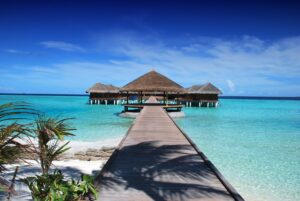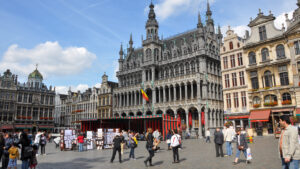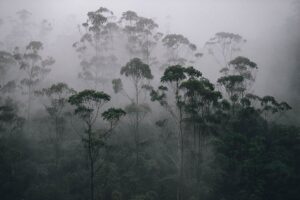
Hidden Travel Gems in Southeast Asia You Need to Explore
- admin
- 0
- on Apr 14, 2025
When it comes to travel in Southeast Asia, destinations like Bali, Bangkok, and Singapore often steal the spotlight. But beyond the popular tourist hubs lies a treasure trove of lesser-known wonders waiting to be discovered. From untouched beaches to serene mountain villages, these hidden gems offer authentic experiences, fewer crowds, and a deeper connection to local culture.
If you’re craving something off the beaten path, here are the hidden travel gems in Southeast Asia you absolutely need to explore:
1. Kep, Cambodia

Why Go: Kep is Cambodia’s quiet coastal gem, perfect for those looking to unwind by the sea. This former French colonial retreat boasts peaceful beaches, colonial ruins, and panoramic hiking trails in Kep National Park. The atmosphere is laid-back and authentic—ideal for slow travel and nature enthusiasts.
What to Eat: The star of the local cuisine is the famous Kep pepper crab, freshly caught and prepared with Kampot pepper. The Kep Crab Market is the go-to spot for seafood, offering everything from grilled prawns to squid skewers. Try local dishes like fish amok or banana blossom salad at seafront restaurants.
Where to Stay:
- Veranda Natural Resort – Jungle views and eco-luxury vibes.
- Raingsey Bungalow – Mid-range with lush gardens and a pool.
- Le Kep Bungalows – Affordable and close to the waterfront.
When to Go: Visit between November and April for dry, sunny weather. These months offer ideal conditions for exploring the coast, hiking, and visiting Rabbit Island.
Click here to explore our exciting tour packages and plan your next adventure!
2. Ninh Binh, Vietnam
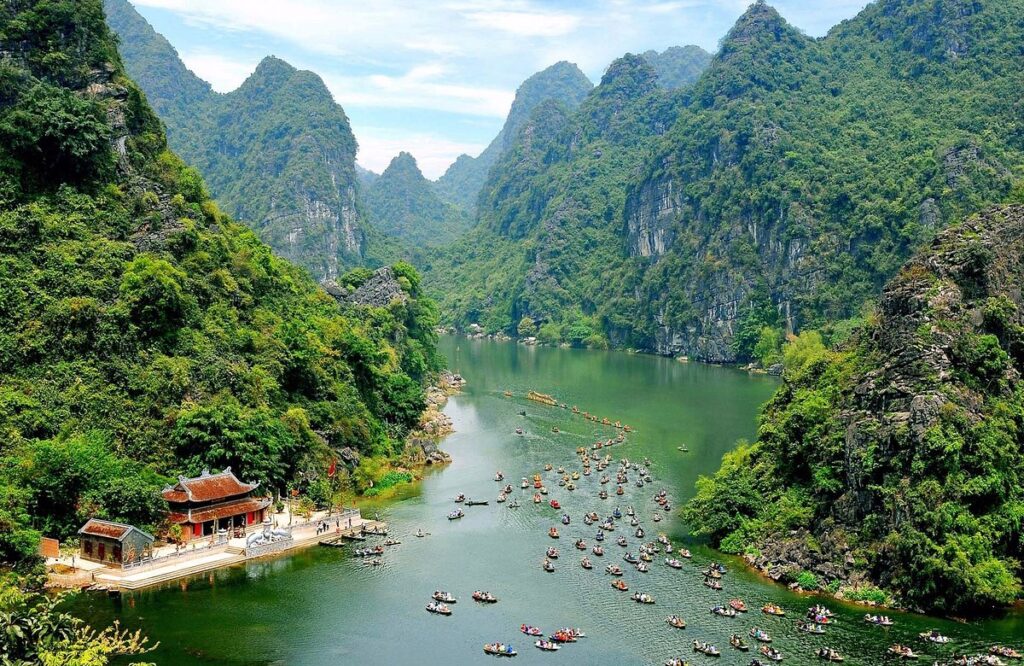
Why Go: Ninh Binh is often called “Ha Long Bay on land” for its majestic limestone cliffs rising over rice paddies and rivers. It’s a haven for nature lovers, photographers, and travelers looking to escape the crowds of Ha Long Bay. Ancient temples, boat rides, and rural beauty await.
What to Eat: Try the local specialty, goat meat (dê tái chanh), often served grilled or in a lemony salad. Other must-try dishes include com chay (crispy rice), eel vermicelli, and regional versions of pho.
Where to Stay:
- Tam Coc Garden Resort – Peaceful setting amid rice fields.
- Ninh Binh Hidden Charm Hotel – Comfortable and central.
- Trang An Eco Homestay – Budget-friendly and immersive.
When to Go: March to May or September to November are the best times to visit for green landscapes and mild weather. These months also offer beautiful scenery during rice planting and harvesting seasons.
3. Si Phan Don (4000 Islands), Laos
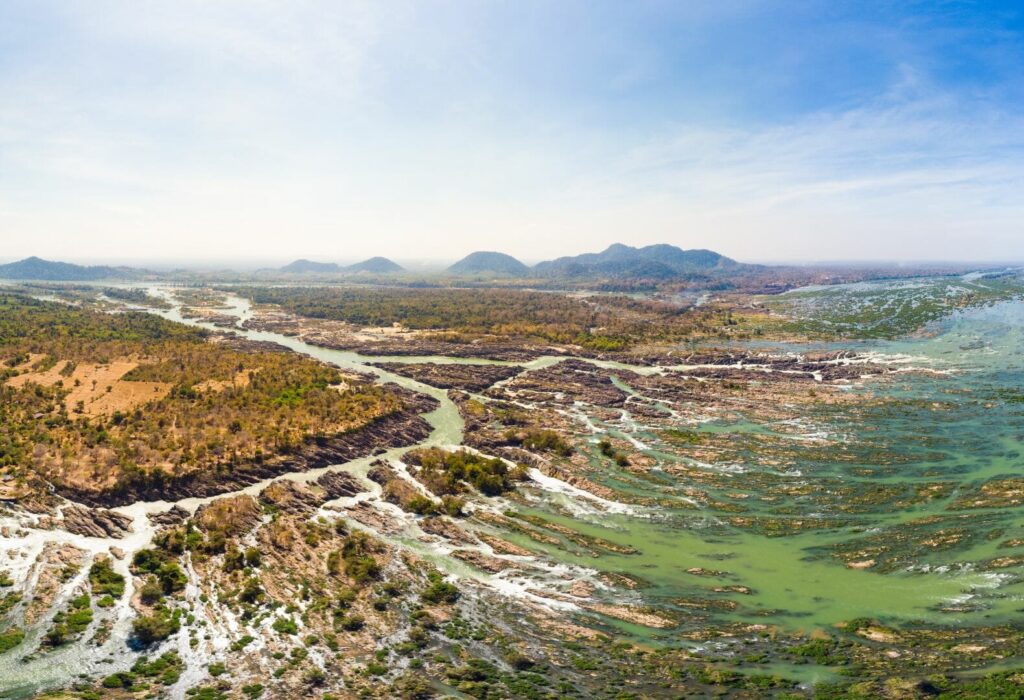
Why Go: This cluster of tiny islands in the Mekong River is where time truly slows down. With minimal traffic and tourism infrastructure, islands like Don Det and Don Khon offer rustic beauty, sunset views, and a chance to see rare Irrawaddy dolphins.
What to Eat: Enjoy Laotian curry, grilled fish, and sticky rice at riverside eateries. Don Det offers Western-style breakfasts and vegan options too, thanks to its backpacker vibe. Don’t miss a cold Beerlao at sunset.
Where to Stay:
- Little Eden Hotel (Don Det) – Great views and pool access.
- Seng Ahloune Resort (Don Khon) – Quiet with hammocks by the river.
- Mama Leuah Guesthouse – Cozy budget stay with excellent food.
When to Go: Visit from November to February when the weather is cool and dry, perfect for biking, river cruises, and exploring waterfalls like Li Phi.
4. Ternate, Indonesia
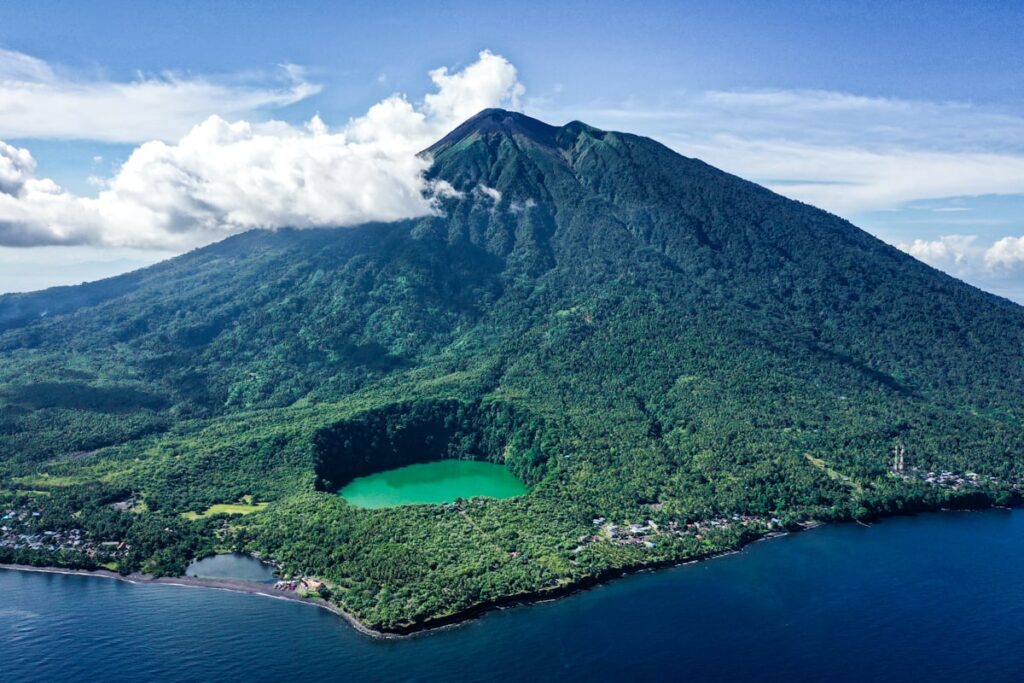
Why Go: Ternate, part of the Maluku Islands, is a volcanic island rich in history and natural beauty. Known for its role in the historic spice trade, it features colonial forts, active volcanoes, and scenic black-sand beaches. It’s a true off-the-beaten-path destination for history buffs and adventure seekers.
What to Eat: Savor ikan bakar (grilled fish), clove-spiced stews, and sago-based dishes. The local clove coffee and nutmeg-infused desserts reflect the island’s spice legacy.
Where to Stay:
- Bela Hotel – Modern and centrally located.
- Muara Hotel – Great for sea views and comfort.
- Villa Marasai – A quiet guesthouse with mountain views.
When to Go: September to November is ideal, with pleasant weather and fewer tourists. Avoid January to March due to heavy rains.
5. Kuching, Malaysia (Borneo)
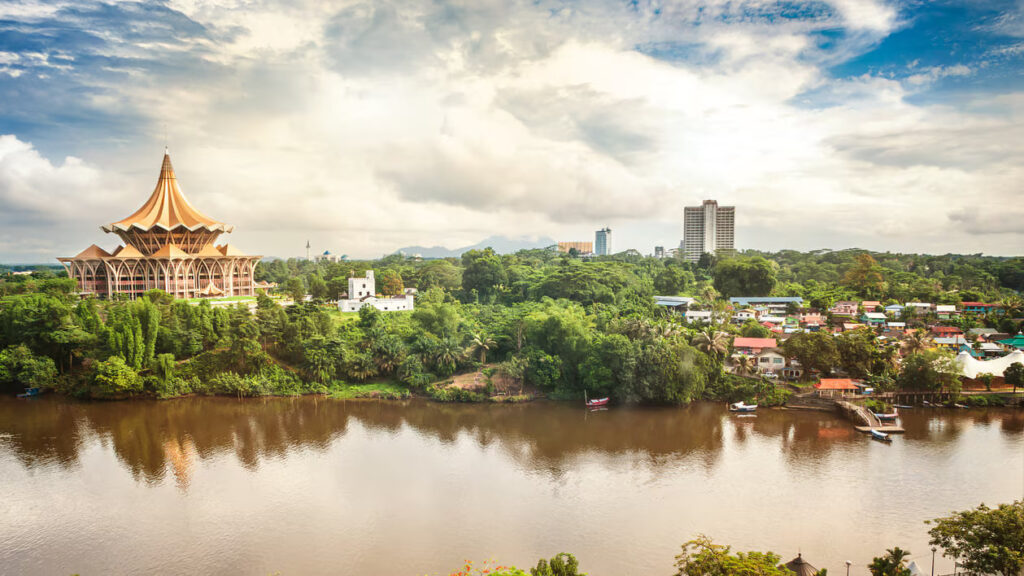
Why Go: Kuching is Sarawak’s cultural capital, known for its colonial architecture, orangutan sanctuaries, and riverside charm. It blends indigenous traditions with modern city life, offering access to rainforests, wildlife, and unique heritage experiences.
What to Eat: Try the signature Sarawak laksa, a spicy noodle soup, along with kolo mee, midin (wild fern), and layered Sarawak cake. The waterfront night markets are a food lover’s paradise.
Where to Stay:
- The Waterfront Hotel – Overlooks the Sarawak River.
- The Marian Boutique Stay – Heritage meets modern comfort.
- Backpacker’s Stay – Budget-friendly and central.
When to Go: Best visited from May to September when it’s less rainy. July is also great for attending the Rainforest World Music Festival.
6. Siquijor Island, Philippines

Why Go: Known for its mystical reputation, Siquijor is both magical and mesmerizing. With white-sand beaches, waterfalls, and healing traditions, it offers tranquility and natural beauty away from the crowds. Ideal for soulful retreats and nature getaways.
What to Eat: Don’t miss lechon (roasted pig), sinigang, and fresh seafood. Try coconut-based desserts like buko pandan. Many eco-resorts serve vegetarian and vegan options as well.
Where to Stay:
- Coco Grove Beach Resort – Beachfront luxury.
- Hambilica Seaside Stay – Affordable with stunning ocean views.
- Toris Paradise – Mid-range with a pool and great food.
When to Go: Visit from February to May for dry, sunny weather perfect for swimming, snorkeling, and exploring the island’s hidden waterfalls.
7. Ban Rak Thai, Thailand
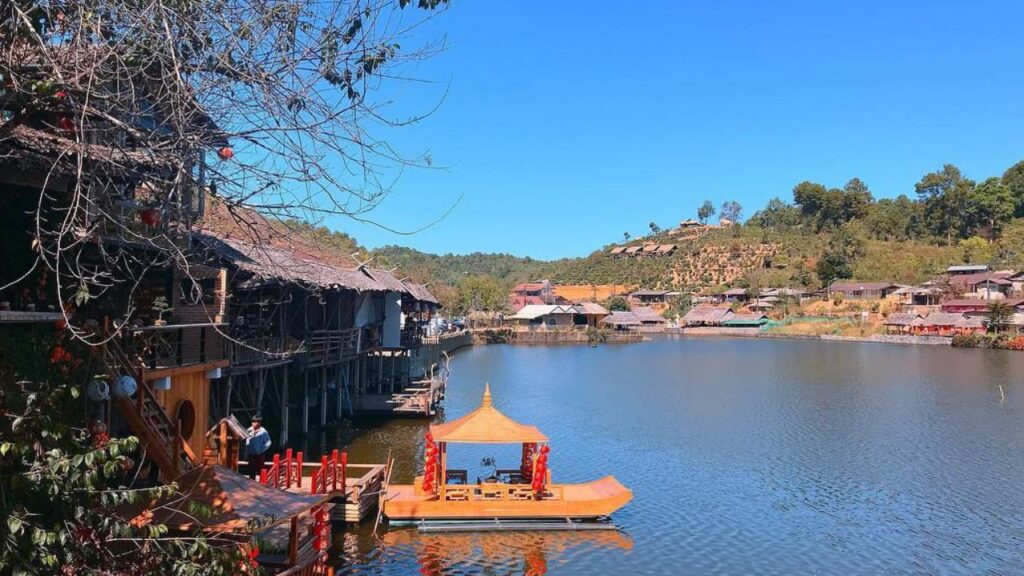
Why Go: Ban Rak Thai is a mountain village near the Myanmar border, known for its Chinese Yunnanese roots, misty mornings, and tea plantations. Surrounded by pine forests and lakes, it feels worlds away from busy Thai cities.
What to Eat: Indulge in Yunnan-style hotpot, pork buns, and tea-infused desserts. Local tea shops offer tastings of Oolong and green teas grown in nearby plantations.
Where to Stay:
- Lee Wine Ruk Thai Resort – Unique stay among tea plantations.
- Chasa Rak Thai – Lakeside views and cozy rooms.
- Rak Thai Resort – Simple, scenic, and serene.
When to Go: November to February is the best time to visit for cool temperatures and misty views—perfect for sipping tea and enjoying quiet mornings.
8. Samar Island, Philippines

Why Go: Samar is raw, rugged, and perfect for explorers. With dramatic cave systems like Langun-Gobingob, unspoiled waterfalls, and virgin forests, it’s a hidden haven for nature enthusiasts and spelunkers.
What to Eat: Try kinilaw (Filipino ceviche), tinolang isda, and suman (sticky rice wrapped in banana leaves). Fresh seafood is abundant and often grilled right on the beach.
Where to Stay:
- Caluwayan Palm Island Resort – Great for beach and adventure.
- Samar Island Homestays – Basic but close to nature.
- Ciriaco Hotel (Catbalogan) – Modern stay near the city.
When to Go: December to May offers drier conditions ideal for trekking and caving. Avoid the rainy season from June to October.
9. Champasak, Laos
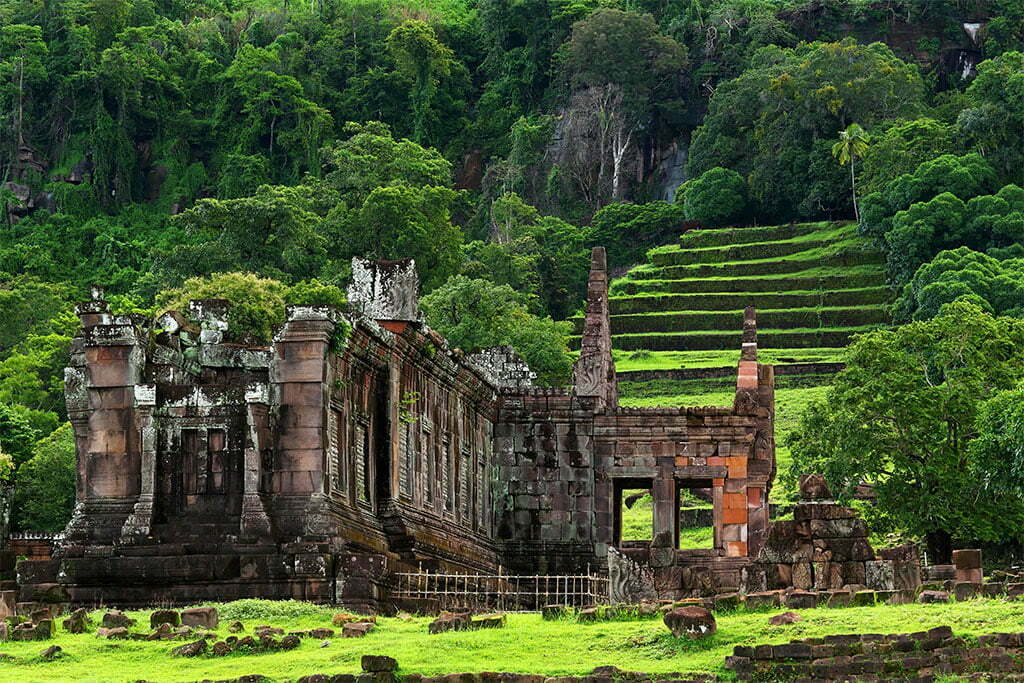
Why Go: Champasak is a riverside town rich in heritage and natural calm. It’s home to Wat Phou, a pre-Angkorian temple complex, and offers relaxed riverfront stays. The slow pace and beautiful sunsets make it ideal for a peaceful getaway.
What to Eat: Enjoy laap (minced meat salad), grilled river fish, and sticky rice. Many cafés offer fusion dishes and great views of the Mekong River.
Where to Stay:
- The River Resort – Luxury with river and mountain views.
- Residence Bassac – Boutique charm with history.
- Sabaidee Valley Resort – Great for countryside views.
When to Go: Visit from November to March for cooler, dry weather—ideal for temple visits and river cruises.
10. Trang Province, Thailand
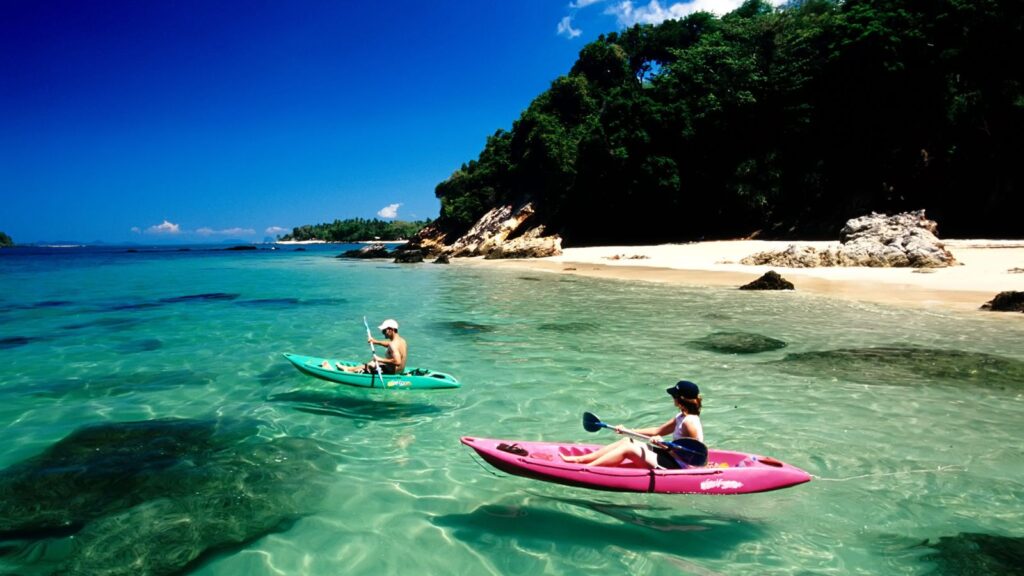
Why Go: Trang offers pristine beaches, underwater caves, and authentic Thai culture without the crowds. It’s ideal for island hopping, diving, and enjoying vibrant local life.
What to Eat: Dig into Trang-style roast pork, dim sum breakfasts, and fiery southern Thai curries. The night market is packed with flavor.
Where to Stay:
- Anantara Si Kao Resort – Luxury by the sea.
- Koh Mook Sivalai Beach Resort – Island paradise.
- Eco Inn Trang – Budget-friendly and central.
When to Go: The dry season from November to April is perfect for beach trips, snorkeling, and cave explorations like Morakot (Emerald) Cave.
Final Thoughts
Southeast Asia is famed for its iconic landmarks and bustling tourist hubs, but the true spirit of this vibrant region often lies in its quieter corners. From the serene shores of Kep to the mystical highlands of Ban Rak Thai, each hidden gem offers a unique blend of culture, history, and untouched natural beauty. These lesser-known destinations are perfect for travelers who crave authenticity, meaningful experiences, and the kind of stories that don’t come from following the crowd.
Whether you’re wandering through ancient temples in Champasak, sipping tea in a misty mountain village, or diving into underwater caves in Trang, there’s something incredibly special about discovering places that feel like your own secret.
So, pack your bags, trust your curiosity, and venture off the beaten path. Southeast Asia’s best-kept secrets are waiting to be explored—one hidden treasure at a time.
🌏 Craving more offbeat destinations and travel inspiration?
Subscribe to our blog or follow us on Instagram @travellandindia for weekly updates, insider guides, and wanderlust-fueled tips for exploring the unexplored.
Explore Our Latest Posts:
